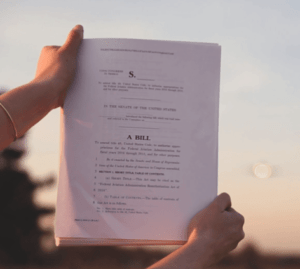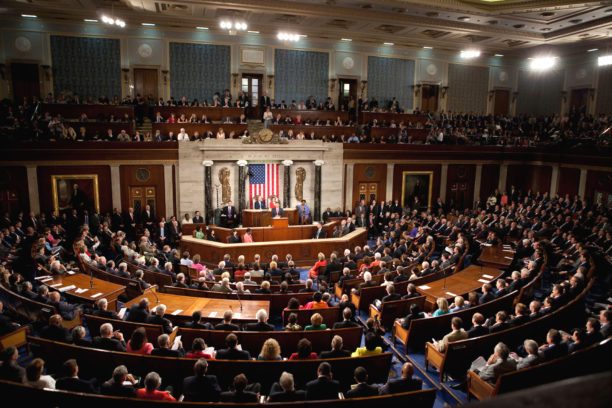
 The new proposed FAA Reauthorization package has been made public. It’s wordy, complex, and confusing – and the headlines haven’t made understanding what’s inside easier. There are several points of critical importance for the drone industry to understand. The proposed Repeal of Section 336, the Integration Pilot Program, the “Safeguarding the Skies” Act, the enforcement of drone laws and the timeline for drone integration are all addressed in the bill.
The new proposed FAA Reauthorization package has been made public. It’s wordy, complex, and confusing – and the headlines haven’t made understanding what’s inside easier. There are several points of critical importance for the drone industry to understand. The proposed Repeal of Section 336, the Integration Pilot Program, the “Safeguarding the Skies” Act, the enforcement of drone laws and the timeline for drone integration are all addressed in the bill.
Without expressing an opinion on the proposed regulation, this series of short articles will provide a plain English explanation of each of these issues as written in the bill. This explanation is for educational purposes and is not to be construed as legal advice.
The current extension of funding for the FAA expires at the end of this month.
Part 1: The Repeal of Section 336.
This subject falls under Section 349 of H. 304: EXCEPTION FOR LIMITED RECREATIONAL OPERATIONS OF UNMANNED AIRCRAFT.
Section 336 is entirely repealed, not modified:
“REPEAL.—Section 336 of the FAA Modernization and Reform Act of 2012 (49 U.S.C. 40101 note) and the item relating to that section in the table of contents under section 1(b) of that Act are repealed.”
The repeal of Section 336 would mean that the FAA does have the right to regulate model aircraft, including recreational drones. (Section 336 was the law used to successfully challenge drone registration.)
Section 349 outlines the proposed rules for recreational operators. These rules include (in plain English summary, not to be construed as legal advice):
1.) Aircraft must be flown strictly for recreation, and:
2.) Must be flown within a Community Based Organization’s (CBO) safety guidelines;
3.) Must be flown within visual line of sight (VLOS);
4.) Must stay out of the way of manned aircraft;
5.) Must be flown in Class G airspace under 400 feet, or have authorization;
6.) Must be registered and marked;
7.) The operator must pass an Aeronautical Knowledge Test.
A significant change is the addition of an FAA or CBO administered Aeronautical Knowledge Test for recreational operators. The test would not necessarily be the same as the Part 107 and would be administered electronically: H. 304 calls for the test to be developed within 6 months of the enactment of the bill. The requirement that all aircraft be registered and marked is another significant change.
Furthermore, Section 349 spells out clearly that recreational aircraft shall be included in any new regulations or updates, particularly pointing out those relating to registration and remote tracking and ID requirements.
Finally, the section clarifies and defines what groups may identify themselves as a “Community Based Organization.” CBOs will have to be officially recognized 501(c)(3) not-for-profit organizations specifically for model aviation. In order to be recognized and have members allowed to fly under the organization guidelines, groups will have to apply to the FAA.
The next article in this series will address Section 372: Enforcement. Who is responsible for enforcing drone laws?
Miriam McNabb is the Editor-in-Chief of DRONELIFE and CEO of JobForDrones, a professional drone services marketplace, and a fascinated observer of the emerging drone industry and the regulatory environment for drones. Miriam has penned over 3,000 articles focused on the commercial drone space and is an international speaker and recognized figure in the industry. Miriam has a degree from the University of Chicago and over 20 years of experience in high tech sales and marketing for new technologies.
For drone industry consulting or writing, Email Miriam.
TWITTER:@spaldingbarker
Subscribe to DroneLife here.

